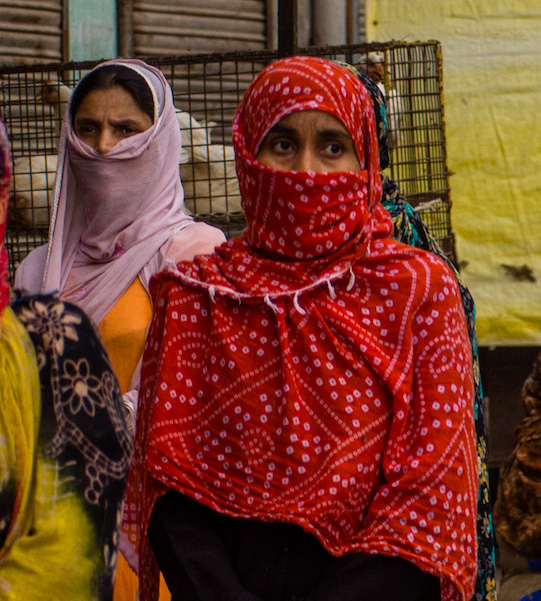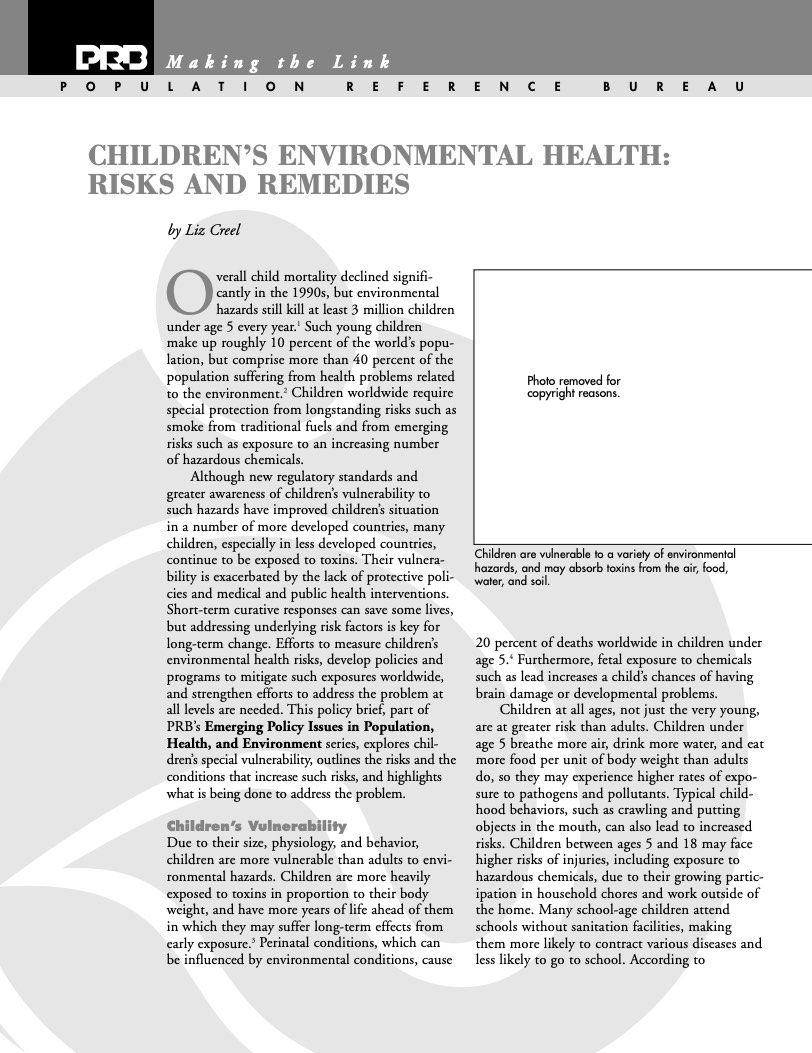755 Search Results Found For : "ECBA Prüfungsunterlagen 📓 ECBA Antworten ⬅ ECBA Originale Fragen 🔛 Geben Sie ⮆ www.itzert.com ⮄ ein und suchen Sie nach kostenloser Download von ▷ ECBA ◁ ☂ECBA Fragen Antworten"
Sub-Saharan Africa’s Demographic and Health Characteristics Will Influence the Course of the COVID-19 Pandemic
When the World Health Organization declared COVID-19 a pandemic on March 11, 2020, few sub-Saharan African countries had reported a single case of the disease, caused by the novel coronavirus SARS-CoV-2.

Project: PACE: Policy, Advocacy, and Communication Enhanced for Population and Reproductive Health
Family Planning and the Gendered Impacts of Crises on Women: An Effective Tool Across Sectors to Support Women’s Empowerment and Build Resilience to Shocks
Holistic integrated solutions are key to address the interlinkages of the gendered impacts of crises.
PRB Discuss Online: Birth Defects, a Hidden Toll for Developing Countries
(2009) Each year, an estimated 9 million infants are born with a serious birth defect that may kill them or result in a lifelong disability. Such birth defects have an especially severe effect on children in developing countries.

Debunking Baby Boomer Myths
A careful look at the data on baby boomers dispels misconceptions about their characteristics and enables policymakers to accurately assess the potential implications of their aging and retirement for U.S. society and the economy.
Health Care Challenges for Developing Countries with Aging Populations
(April 2006) Populations in developing countries will be aging rapidly in the coming decades: The number of older persons (those age 65 or older) in less developed countries is expected to increase from 249 million to 690 million between 2000 and 2030.

Children’s Environmental Health: Risks and Remedies
(2002) Overall child mortality declined significantly in the 1990s, but environmental hazards still kill at least 3 million children under age 5 every year.1 Such young children make up roughly 10 percent of the world's population, but comprise more than 40 percent of the population suffering from health problems related to the environment.2

Project: PACE: Policy, Advocacy, and Communication Enhanced for Population and Reproductive Health
Supporting National Advocacy Efforts to Amplify Understanding of the Multisectoral Benefits of Age Structure Change
In Ghana and Uganda, young people below the the age of 15 dominate the population age structure. Both countries can shift this high child dependency by empowering women to achieve their reproductive goals.
